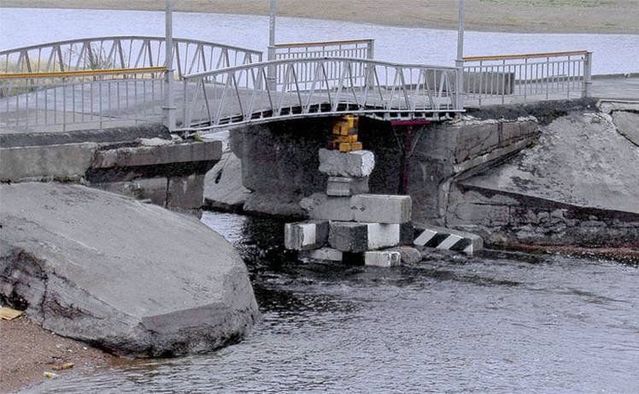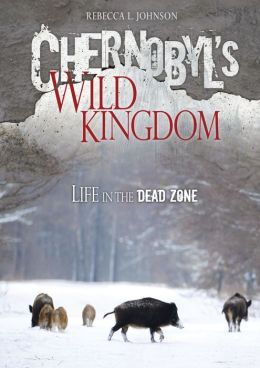I lived in Ukraine in 1993 and 1994, as a Peace Corps Volunteer. My station was in Dnepropetrovsk (say THAT three times fast), in the southern part of the country, but our initial training was held in Kiev. There were times when one volunteer would look at the other and wonder aloud how the cold war ever happened - when we saw a soldier bent over a short-handled broom, sweeping the dirt (not sweeping dirt off of something, sweeping the actual dirt); or when the phones, as usual, were useful only as fishing weights; or when Ukrainians told us, in all seriousness, that sitting on cold cement would cause us to become infertile.
Much of the former Soviet Union was what I would call a mix of advanced technology and redneck rigging.

So, a nuclear reactor in a place where you fix leaking plumping by wrapping an old rag around a wooden block and hammering it into place...well...by the time I arrived, I don't think it was the cold cement causing infertility (or drinking Pepsi that caused kidney disease.)
All that to say, the fallout and later effects of the Chernobyl disaster hold a place of special interest for me. I remember watching military personnel waving a Geiger counter around the back door of our kitchen area, smiling and telling us there was nothing to be concerned about, as if we couldn't hear the device beeping wildly.

9781467711548
While much has been written about the initial disaster, scientists are still studying the effects on plants and wildlife in the 'Dead Zone', as it is commonly called. That very name illustrates the belief most people had, that nothing would survive in that 30km radius. As you can see from the cover photo, however, wild boar - once scarce in the area - are thriving. Lush vegetation is pushing through the abandoned streets. There are more moose in the Dead Zone than anywhere else in Ukraine. Stray dogs, beavers, wolves - even a herd of endangered Przewalski's horses, released into the zone as a - get the irony, here - safe place to live and breed.
How are these plants and animals doing so well in the face of radiation? Or, are they doing well after all? What of the people who have defied the law and moved back into their homes? Even the scientists studying the area don't have definitive answers yet.
At a time when post-apocalyptic novels are quite popular, this could be an interesting nonfiction companion - sort of the YA version of the Magic Treehouse companion books. Rather than giving a gift with this book, it could be the gift that goes with a novel such as The Line by Teri Hall, or Enclave, by Ann Aguirre. Then again, it is an interesting read all by itself!
No comments:
Post a Comment